
Jumpin' with Fatha Hines at the Eichler Pad
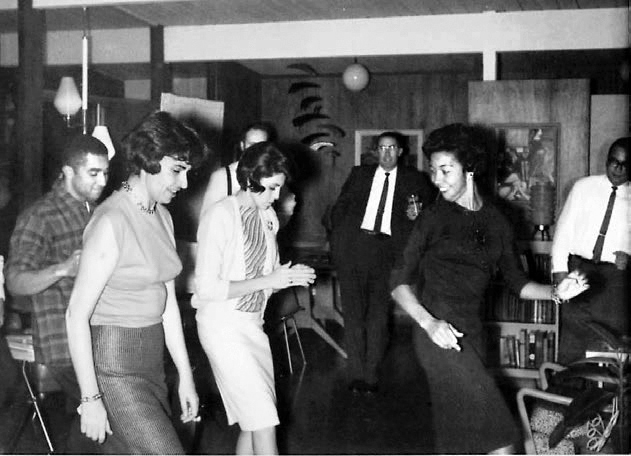 |
The Willow Glen neighborhood of San Jose is centered around a pleasant shopping and dining strip that suggests small-town Americana more than big-city sophistication. But the Fairglen tract of Eichlers is nearby and that makes a difference, author Carol Sveilich reveals in ‘If Glass Walls Could Talk’ in the new fall ‘20 issue of CA-Modern magazine.
The article uses material from her new book, ‘Reflections from a Glass House: A Memoir of Mid-Century Modern Mayhem.’
Sveilich, who grew up in Fairglen during the 1960s and early 1970s, evokes the days when young intellectual suburbanites, living in their homes with “a donut hall in the center,” would entertain in big-city style.
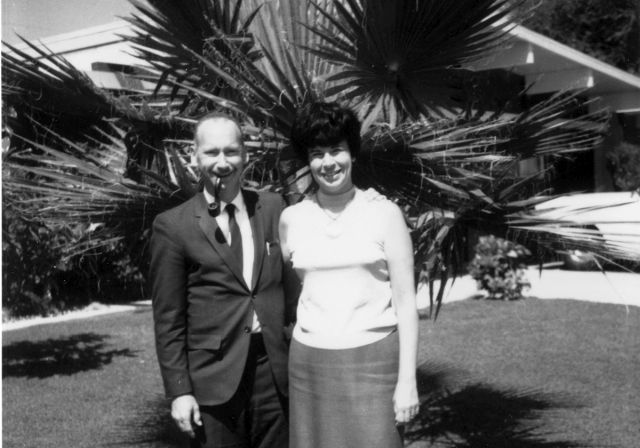 |
Carol’s folks, Joe and Blossom Sveilich, were middle-class would-be hepcats living on Long Island at the end of the 1950s when a friend who lived in a Peninsula Eichler invited them to move out West.
“Get out of New York and join us in Shangri-La!” their friend urged. About the Eichlers, she said, “These futuristic structures have a donut hole in the center of the house called an atrium and a brightly painted front door.”
“My father, with his usual bravado, drove to the Eichler sales office there, saw an artist’s rough rendering of our future Eichler home, and with a leap of faith and a new job in his pocket, purchased it on the GI bill. No walk-through necessary. Just a roll of the dice with our future,” Carol writes.
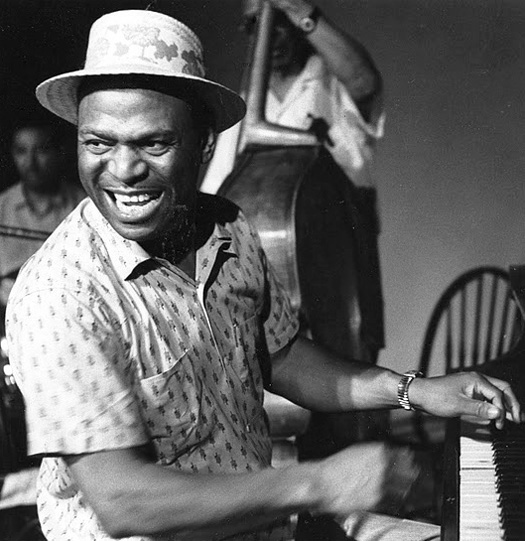 |
Soon she, her brother Howard, and her parents were enjoying life California-style – but with a bit of a Bohemian twist. Both Joe, who designed food-processing machines for a living, and his wife, Blossom, loved jazz and moved easily in that world.
About the house, Carol writes, “It was like standing inside a 3-D version of a Mondrian painting.”
And she portrays the neighborhood as even more colorful. “It was a cluster of Eichlers in a neighborhood that mimicked Peyton Place; an alcove chock-full of nuts, drama, wild parties, babysitting co-ops, and philandering.”
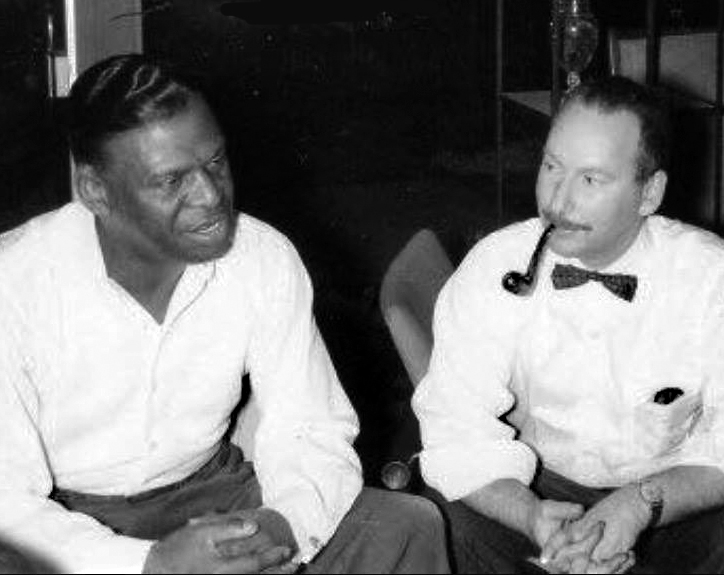 |
“The intriguing cast of characters that lived in the ten adjacent homes— authors, artists, musicians, philosophers, poets, politicians, professors, and architects—became our family of neighbors.”
Carol adds: “There, Mom and Dad were in musical heaven. They were both jazz lovers and musicians and now had a crop of be-bopping friends and intellectuals to rap with and entertain.”
The Bay Area had a happening jazz scene at the time, both locally grown and with such imports as Pennsylvania-bred Earl ‘Fatha’ Hines, one of the inventors of jazz who played piano with Satchmo as part of Louis Armstrong and his Hot Seven in the 1920s, and went on to lead his own big bands and combos.
By the early 1960s Hines was living “in a sizable home in the Oakland Hills, where ‘Fatha’ too gave many legendary parties,” Carol writes.
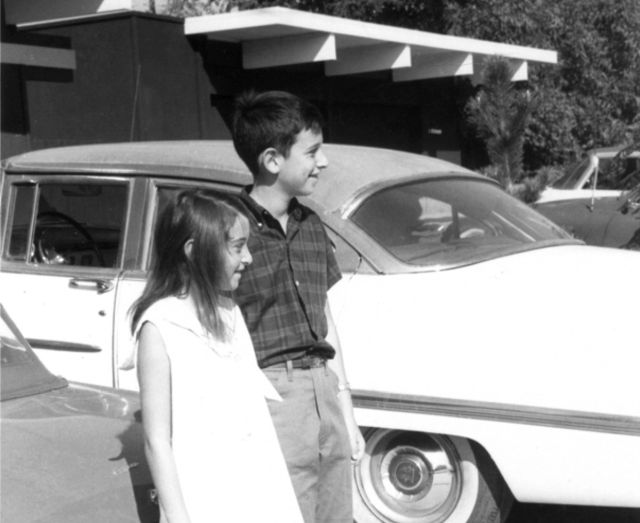 |
Hines was also running his own jazz club in Oakland’s Jack London Square, Earl Fatha Hines’ Music Crossroads. “It was an interracial thing, a mixed affair,” Hines told author Stanley Dance in the 1970s for the book ‘The World of Earl Hines.’
“My wife acted as hostess and I had Japanese, Chinese, Jewish, Irish, and Negro people working there…We changed the concept of the nightclub as a hangout and ‘advertised it as a place to bring your children.’”
Such a place too was Carol’s home, where jazz parties brought people of all sorts and ages together.
“Hines, a special family friend, often sat deep in conversation with my father at these gatherings,” she writes. “Since Dad was a lifelong lover of jazz, he and Hines had a lot of musical notes to compare. After all, Hines had a world-renowned keyboard technique, playing horn-like solo lines in octaves with his right hand and driving them with chords from his left.”
For more about the days when jazz met the atrium, read 'If Glass Walls Could Talk,’ a sneak preview of the new fall ‘20 issue of CA-Modern magazine.
- ‹ previous
- 363 of 677
- next ›



